It’s a fact: In today’s highly mobile world, less and less meals are eaten at an actual table, much less at home. Street food stands do a brisk business and fast food and “take-out” shops are as common as monosyllables in an Adam Sandler flick. In America alone, the amount of money spent on food eaten in the car, walking on city streets, in airports, hotels and at work could easily rival the total annual Gross National Product of more than half the countries in the world.
For better or worse, we live a Tasmanian devil of an existence that’s exciting, maddening and frustrating all at the same time, and, for those trying to eat well, a veritable mine field of potential disaster.
To make matters as bad as they could be, there seems to be an unwritten law which I call “the law of inverse quality”. It states that the quality of food goes down as portability and accessibility go up. In other words: there ain’t no organic fruits and vegetables at the food court, folks. What we have on the menu instead is a cornucopia of sugar laden “pick-me-up” treats, processed meat sandwiches, stagnant salad bars, office snack machines, bad deli food, coffee and donut stands, fast food take out, hot dogs, burgers, pretzels, bagels and other standard “take me with you as you travel” food.
So what to do? Unless you’ve got access to a time machine, eating on the run, or at least on the move, is likely to remain a fact of life. The opportunity here is to become master of the circumstances rather than victimized by them. Like the great martial artists who learn to make lethal weapons out of such found objects as a paper clip or pencil, we need to learn to create healthy, nurturing meals out of commonly available “porta-foods”. This food needs to be stuff that travels well, is available everywhere, and still passes nutritional muster.
Here’s my top ten tips for how to do just that:
Think Proactive. Most of the trouble comes from waiting till you’re in the middle of an emergency hunger situation before taking action (like being without food all afternoon and coming face to face with a convenient snack machine). A little planning in advance goes a long way. If you know you’re going to be stuck in a meeting, take along something you can eat quickly and discretely that will keep your blood sugar from plummeting and your cravings at bay.
Lettuce is a great container. You can wrap some leftover chicken in a lettuce leaf and eat it in the car, or anywhere else a sandwich would work. Throw on some tomatoes and a drizzle of olive oil and you’ve got a decent mini-meal. A couple of leaves of red-leaf lettuce make a great “wrap” and the contents are limited only by your imagination.
Find healthy food that travels well. Some suggestions: cottage cheese, yogurt, celery, peppers, carrots and apples. Throw some berries into a Tupperware with some cottage cheese and nuts and take it in the car with you.
Make it the night before. (This is the corollary of “think proactively”). Try cooking a weeks worth of sweet potatoes on a Sunday, and take them with you as snacks during the week. They’re as portable as you can get, they taste great cold and are a veritable vitamin store.
Think unusual foods. Sally Fallon, the great exponent of traditional nourishing foods, says that the best “energy bar” is a homemade, nitrous-free, lean-meat sausage. If you can find a local butcher who still makes sausage like this, grab it.
Think outside the box. One person’s “unusual” is another person’s delicious. Experiment. I’ve found cutting up an apple and eating it with a single serving of tuna adds crunchiness and sweetness to the tuna that makes it a taste treat. Ditto with celery. A single serving can of tuna can be gotten almost anywhere and also goes great with that baked sweet potato you made last Sunday. Or discover your own combinations. You can always find nuts, cheese, fruit and seeds. Use them creatively, or eat them right out of the package. Hint: String cheese is a really easy snack to take on the run and is available everywhere.
Use your blender. Many office-bound people forget that a blender is an easy accessory to keep in a desk or in the company kitchen. In a pinch, packaged meal replacements and protein drinks can be made quickly and are way better for you than most of the stuff at the food court.
Ditto for the microwave. It only takes about four minutes to make real oatmeal (not the packaged kind), and you can add some berries or pomegranate juice and take it with you anywhere in a plain take-out coffee cup. Plus if you sweeten it a little with a good maple syrup and then let it get cold, it almost tastes like desert.
Make a list: Until you get good at this, don’t try to think on your feet. Make a list in advance of possible combinations that might be available while you’re traveling, or that you could easily take with you . One of my favorites is celery with almond butter. There’s got to be at least a half dozen others just as good. Discover them.
Vegetable juice is a lifesaver. When all else fails, have a V-8. Fresh vegetable juice is always better, and possibly one of the best things you can put in your body, but in a pinch there’s always canned tomato juice and V-8. It takes the edge off your appetite and quenches cravings like nothing else around, and you can get it anywhere. Add celery, leave out the vodka, and you’ll almost feel like it’s happy hour.
Finally, when you’re eating out, try ordering unconventionally. Restaurant portions are obscenely large and every study has shown that the more you eat out, the greater the risk of being overweight. Try ordering just an appetizer and a salad, or a salad and soup. Or if you get an entrée, immediately pack up half of it to take home. Stick with lean protein and vegetables, send the bread back immediately, and don’t order the starch. You’ll be just fine.





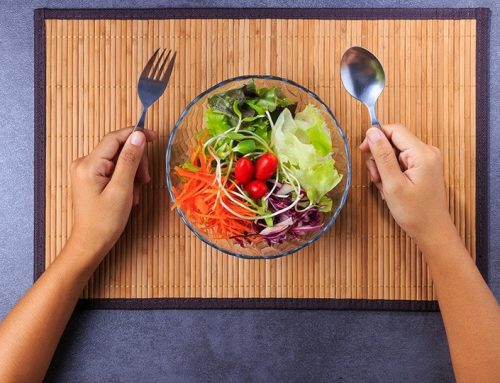

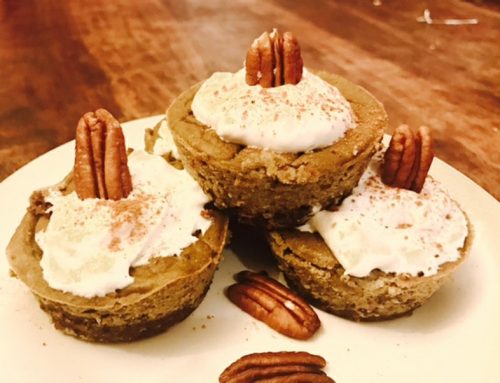

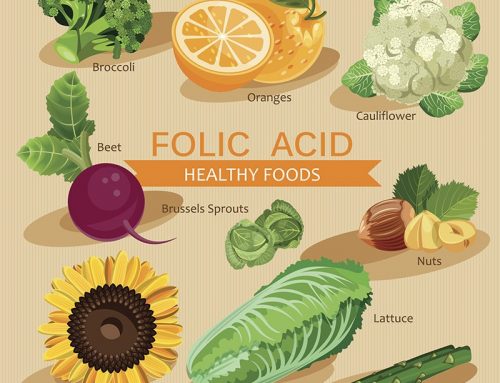
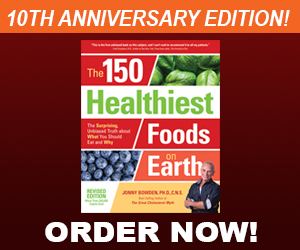
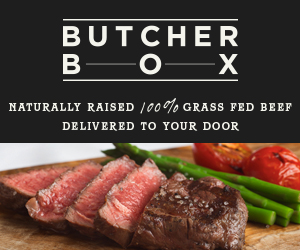


Thanks Jonny for all that you do out here, it really makes a difference. Great tips for traveling and eating well,helped reset my mind set for the holidays!
warm regards,
Dan